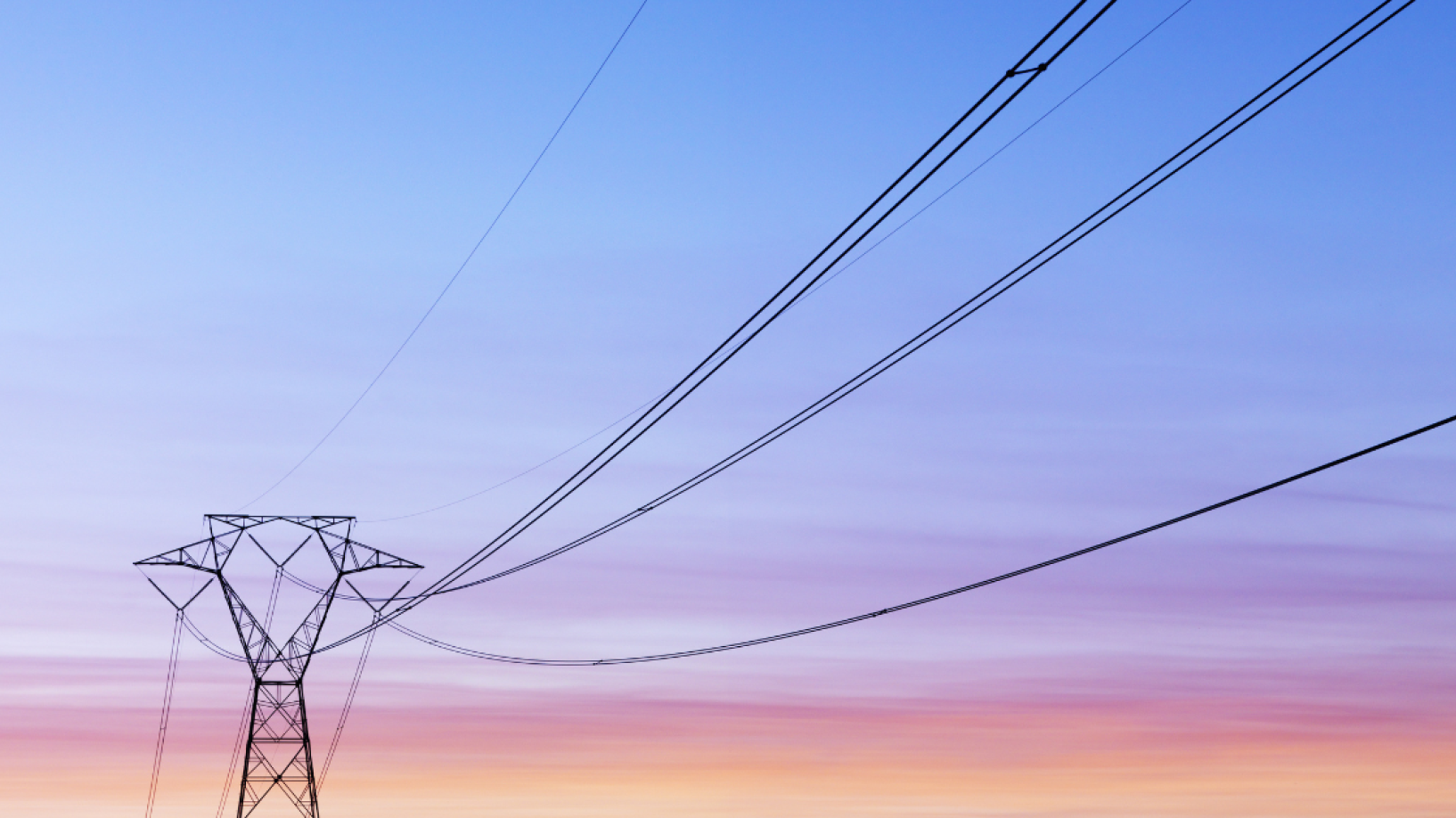From the CEO
My last task for 2022 is a final reflection on the year that was.
It’s hard to imagine a more extraordinary year for shocks and viscerally experiencing the reality of the transformation of Australia’s energy system.
It is only a year ago that I gave the keynote speech for the second day of the State of the Energy Research Conference 2021.
In many ways it feels like a lifetime ago. Since then, we’ve had the global impacts of the Russian invasion of the Ukraine in February and all that has followed, as well as the election of the Albanese Government in May.
That day, on 8 December 2021, I said the following:
For those of us in the energy system, net zero will mean a transition to a 100% renewable grid and a huge push towards the electrification of everything. But achieving these goals will not constitute – on its own – a successful transition.
It’s not just whether we get to net zero that matters, it is also how we get to net zero that is important to households, small businesses and large commercial industrial users for whom electricity is essential.
Electricity remains expensive and the energy divide between households is widening. Consumers expect a better future, in which energy is not only clean but is also abundant and affordable, including for those experiencing vulnerability and hardship. It is also a future in which their values – including agency and fairness – are respected and where there is reciprocity, so that industry, government and consumers all play their part in the transition.
To go far we need to go together. And we need to arrive together too.
This has been the meta framing for every policy and reform process that Energy Consumers Australia has contributed to this year. In response to each turn of events, we have focused completely on the experiences and expectations of households and small businesses.
This year we have experienced a sense of shock as the reality of managing the transformation from a carbon-based energy system to a renewable system hit home. For much of 2022, we were undoubtedly badly buffeted by global forces, and in particular the rapid escalation in coal and gas prices due to actions by Russia. In June 2022, the Australian Energy Market Operator was forced to suspend the market and blackouts were narrowly avoided. And by Spring, new records were being set for minimum demand, or as we prefer to describe it, maximum solar generation, which also created challenges in keeping the lights on.
If it hadn’t been evident before these events, they reinforced the necessity for a coherent framework in which governments could act to make system design changes to meet both immediate and longer-term challenges to maintain system security. By mid-year, Energy Ministers had committed to a National Energy Transformation Partnership. They have since met four times, which, in early December, culminated in the agreement to the Capacity Investment Scheme. There is more work still to be done.
In that sense, it could be said that 2022 was “the end of the beginning”.
It was also mid-year that price shocks began again. This impacted a number of East Coast jurisdictions, coming on top of retail electricity and gas prices that have remained high for at least a decade. We saw the effect of this in sharply declining consumer confidence. In our Energy Consumer Sentiment Survey research, only 35% of households said they are confident the market is working in their interests, down by 11% in the past year. There was a similar fall in small business confidence from 50% to 43% over the past year. The last time confidence was this low was in 2019, before default offers for electricity were introduced.
Declining confidence is doubly damaging because we are undergoing an energy transition to net zero in which consumers are the heroes. They are expected to participate more and more, as generators and storers of electricity in their homes, by electrifying their appliances and vehicles, and changing some electricity use to different times of the day. All of this requires them to trust that the system has their interests at heart and to believe that the future will deliver better outcomes.
Our survey results also show a widening energy divide amongst households, with those below median household income paying between 3.2% and 12.4% of their income on electricity bills – compared with 2% or less above median income. That is why it is critical that the $3 billion of direct bill relief in the Energy Price Relief Plan is delivered to both households and small businesses to partly offset the anticipated further increases in electricity and gas prices in 2023-24.
If 2022 was the year that focused on longer term “supply side” reforms, then 2023 is the year we hope that empowering consumers has an equal, if not greater, focus. How? By realising the benefits of investment in technology, improving the energy performance of their homes, electrifying heating and transport, and through adaptive behaviour change. This will be the basis for our future submission to the National Energy Performance Strategy. We are also working with the ACT Government on a national information initiative, with the next steps to be considered by Energy Ministers.
I want to thank all of our colleagues across the sector for their support and collaboration during the year, as well as thank my dedicated and committed Board and staff for their inspiration and achievements.
I wish you all the best for the summer holidays.
See you in the New Year.
Lynne Gallagher
Chief Executive Officer

